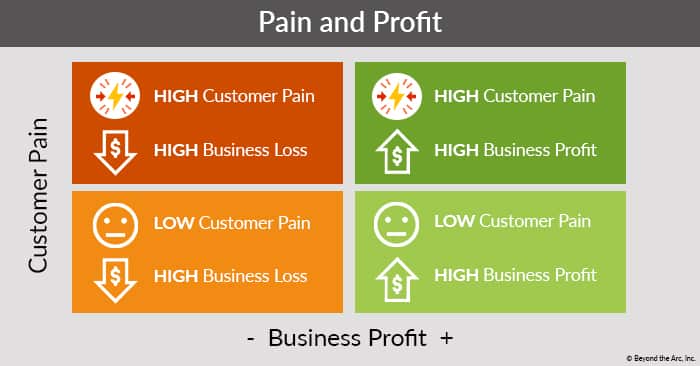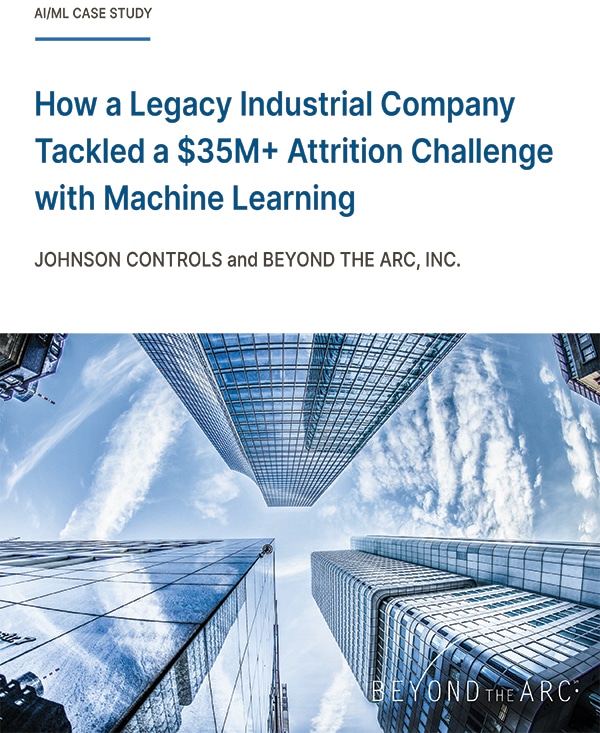
That’s why so many companies are turning to machine learning churn prediction.
Machine learning (ML) can deliver measurable results to help you identify why and when customers might leave, and take action to preserve relationships. Using this powerful AI-based technology, you can determine and monitor customer behavior over time.
To help you get started, here are answers to three key questions about developing and using churn prediction models.
1 — What kind of data do you need for machine learning churn prediction?
With a customer churn project, the data is relatively easy to understand, and you may uncover insights you can put to use right away. You might also achieve greater ROI by taking small values regained, and multiply it by thousands or even millions of customers.
For your churn prediction model, gather the following two types of customer data:
- Descriptive data (e.g., how long they’ve been a customer, monthly subscription rate, services used, contract term, etc.)
- Customer behavior data (e.g., purchases, renewals, support calls, account activity, online/mobile access, etc.)
2 — What are best practices for creating a churn model?
The key is to build numerous predictive models and evaluate them side by side using a validation set of data. This iterative process helps you fine tune the attrition model that works best for your company.
You can accomplish this with many different machine learning platforms. It’s up to you if you prefer to code in Python or R, or would rather use a drag-and-drop interface with a powerful engine under the hood. Since you’ll be building and testing many attrition models, consider tools that help you explore and rapidly iterate.
3 — How can you take action based on a churn prediction model?
Your next step is to take your customer data and score it through your chosen model. Make sure you’ve used properly prepared historical data, and build a model with good explanatory power. That way the output can better predict which customers are likely to leave. With these insights, your marketers can engage at-risk relationships with targeted incentives to stay.
You may have identified a number of reasons for customer attrition, so how do you decide which ones to address first?
Examine your findings through lenses of both the company and the customer experience, including:
- Profit/loss
- Level of customer pain
- Number of customers affected

Strategic thinking and a quantitative analysis of customer data often contribute actionable business metrics to the evaluation process, and make the resulting decisions stronger.
How Beyond the Arc can help — AI and Machine Learning churn prediction
Our team includes experts in data science, passionate about using data to help companies make better decisions and take action to improve outcomes. We specialize in using machine learning to deliver predictive analytics ROI.
Interested in learning more about how to deploy Machine Learning for churn prediction? Let’s start a conversation.
Sources:
1 Machine Learning Powered Churn Analysis for Modern Day Business Leaders, toward data science
2 The Value of Keeping the Right Customers, Harvard Business Review
Johnson Controls is using AI to reduce churn and identify over $100M a year of protectable revenue



